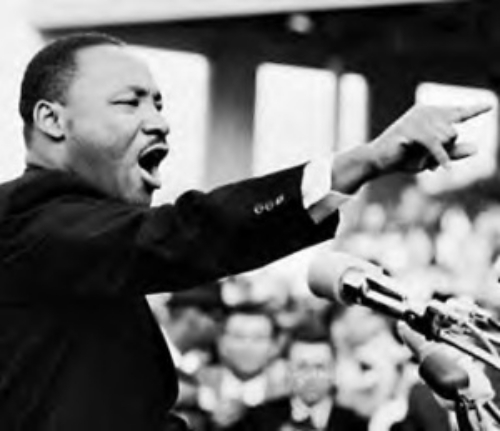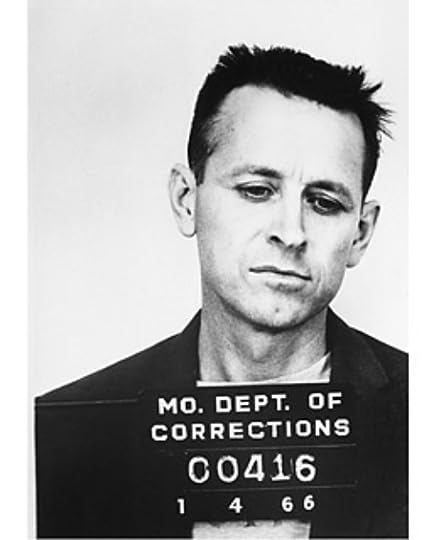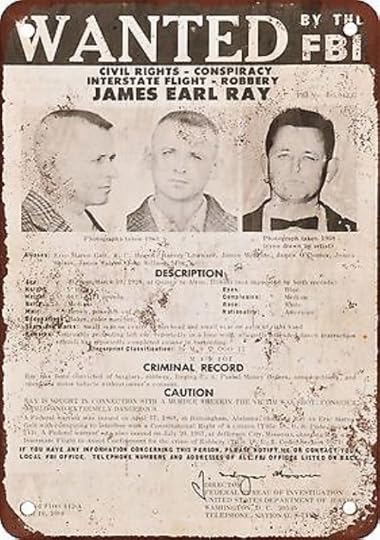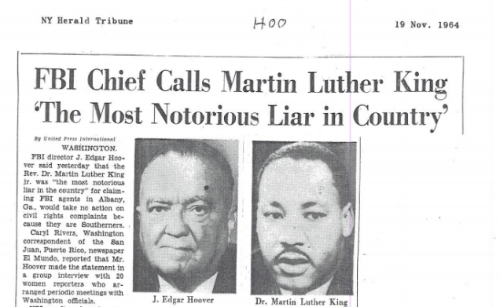What do you think?
Rate this book


397 pages, Hardcover
First published April 27, 2010




 (
("The conflict has “strengthened the military-industrial complex, it has strengthened the forces of reaction in our nation, it has played havoc with our domestic destinies, and it has put us in a position of appearing to the world as an arrogant nation.”
Two agents, who happened to be standing next to each other when the news came in, succinctly captured the office’s divergent opinions on King. The first, Arthur Murtagh, allowed as how he thought King’s death was a tragedy. “He was a credible person,” he said. “He was doing what he could to help his people.” The agent standing next to him, James Rose, chastised Murtagh for his naïveté, and the two colleagues became embroiled in a heated argument. Rose said King was a Commie, a charlatan, and a threat to the nation’s security; he was trying to take over the country and give it to the Russians.
“We are virtually unique among nations in our failure to control guns,” he would write. “Destroyers of life, causers of crime, guns had once again scarred our national character, marking another terrible moment in our history.”
The assassin is a coward; he committed his foul act, and fled. But make no mistake, the American people are in part responsible. The assassin heard enough condemnation of King and of Negroes to feel that he had public support.
"I’m not near as worried by that one man as about the system that produced him—the system that killed President Kennedy, Malcolm X, Martin Luther King, and Robert Kennedy. We are concerned with a sick and evil society.”
"I found him to be deeply disturbed, but disturbed in ways that said much about American society in the late 1960s. He yearned for a purpose and a goal. He was a kind of empty vessel of the culture, filling his lonely hours with self-help advice, national fads, pop trends, and the constant natter of the news. All these jumbled stimuli flooded into what was essentially an incoherent identity: On a deep level, Jimmy Ray didn’t know who he was."
Let's #EndPoverty by improving these four parts of our good #PublicDomainInfrastructure 4: (1. #libraries, 2. #ProBono legal aid and Education, 3. #UniversalHealthCare , and 4. good #publictransport ) Read, Walk !
“I have a dream that one day on the red hills of Georgia, sons of former slaves and the sons of former slave owners will be able to sit down together at the table of brother¬ hood. I have a dream that one day even the state of Mississippi, a state sweltering with the heat of injustice, sweltering with the heat of oppression, will be trans¬formed into an oasis of freedom and justice.
I have a dream that my four little children will one day live in a nation where they will not be judged by the color of their skin but by the content of their character. l I have a dream ... I have a dream that one day in Alabama, with its vicious racists, with its governor having his lips dripping with the words of interposition and nullification, one day right there in Alabama little black boys and black girls will be able to join hands with little white boys and white girls as sisters and brothers.”
“I have a dream…. I have a dream that someday my daughter or her children or her children’s children will live in a world that doesn’t discriminate on the basis of religion, caste, colour or race. I have dream that someday inequality of every kind will be a thing of the past and the world will hold hands together in harmony. …. I still have a dream”